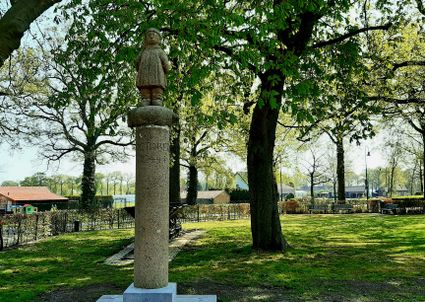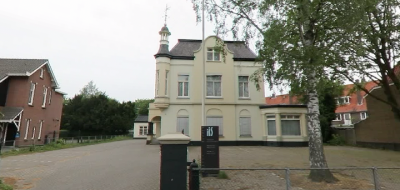Arbeidershuizen
Neem contact op
Working-class houses
The isolated row of residential houses served a public purpose. It has a large cultural-historical value as an expression of the socio-economic development, and especially the industrialization of North Brabant.
This row of single-story working-class houses without basements was built in 1915 in a traditional style, probably by order of M. van Roy.
The isolated row of residential houses served a public purpose. It has a large cultural-historical value as an expression of the socio-economic development, and especially the industrialization of North Brabant.
It is also important as a well-visible example of the typological development of house-building for the working class in the beginning of the twentieth century.
The houses have an additional architectural value because of their prominent positioning next to the South William’s Canal.
The buildings…
Working-class houses
The isolated row of residential houses served a public purpose. It has a large cultural-historical value as an expression of the socio-economic development, and especially the industrialization of North Brabant.
This row of single-story working-class houses without basements was built in 1915 in a traditional style, probably by order of M. van Roy.
The isolated row of residential houses served a public purpose. It has a large cultural-historical value as an expression of the socio-economic development, and especially the industrialization of North Brabant.
It is also important as a well-visible example of the typological development of house-building for the working class in the beginning of the twentieth century.
The houses have an additional architectural value because of their prominent positioning next to the South William’s Canal.
The buildings are in perfect condition and are extremely rare in the province of North Brabant as an example of row houses without basements.
Architectural style
Built in traditional style
Qualification
Architect: probably by order of M. van Roy
Date of construction/period of construction: 1915
National monument











